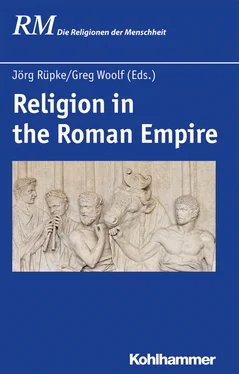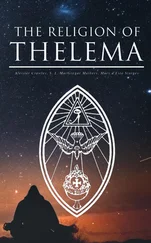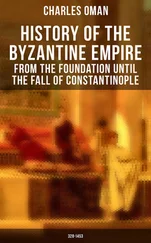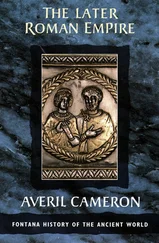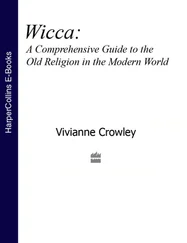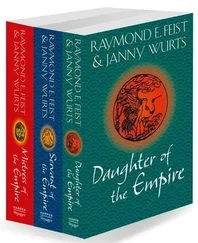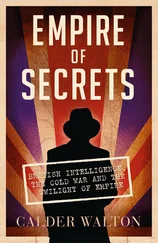For those less familiar with ancient Rome we offer a very short sketch. 31
The city of Rome was one of hundreds of urban communities that came together gradually in the first centuries of the last millennium BCE. It did not appear in a sudden moment of foundation—whatever later Romans liked to believe—but coalesced from a cluster of nearby villages. Similar sequences are known from all around the Mediterranean Sea around the same time. Iron technology, agricultural expansion, a slow increase in maritime trade and perhaps climatic amelioration all seem important. The first clear signs that communities were being constructed on a large scale is usually temple building and Rome is no exception here.
Urbanization was accompanied in central Italy by state-formation. Romans in later periods believed their political community had been founded in 753 BCE and that until 509 BCE it was ruled by kings, the last of which were Etruscan in origin. The expulsion of the kings gave birth, in tradition, to a Republican government in which the interests of the high status patricians were repeatedly rebalanced with those of the more numerous plebeians. Like most of the ancient city-states we know of Rome had a series of assemblies where the masses convened, and a council—in Rome the senate—which in practice represented the interests of the property classes. Those property classes provided civil magistrates, generals and priests, and in Rome there was a strong overlap between those categories. The details of this political system evolved over time, partly in response to the extension of the citizen body as a result of successive wars against Rome’s neighbours. No reliable narrative is possible, however, until Rome attracted the attention of historians as a consequence of wars fought on a larger scale beginning in the third century BCE. By that point it already had some unusual political features. For one thing it was quite willing to extend its territory and its influence and to consolidate victories by settling citizens in new centres— coloniae — often anchored on roads that began to form an infrastructure for the peninsula as a whole. Secondly it was unusually ready to extend its citizenship, first to citizens of other Latin towns, then to former slaves and successively to more and more groups until it no longer looked very like a conventional city-state. One theme of Roman history from the third century BCE to the third century CE is the creation of this growing and dispersed citizen body, all carrying with them Roman ideas of ritual and propriety, all bound in principle to the same gods.
By the middle of the millennium, Rome was probably already one of the biggest urban centres in Italy: it owed this to its geopolitical location, to its nodal position on key communication routes and perhaps because of the wide range of natural resources found close by, including clay and salt. The Servian Walls constructed in the fourth century BCE formed an 11 km circuit which suggests political dominance of Italy even in this early period. By the end of the third century BCE Rome had become the dominant Mediterranean power, defeating the largest cities of the western Mediterranean—Phoenician Carthage, Greek Syracuse and Tarentum. Its armies and navies consisted of citizen soldiers supplemented by former enemies compelled to become part of a military alliance on their defeat. During the first half of the second century BCE these armies went on to defeat the main kingdoms founded by the generals who had divided up Alexander the Great’s empire. Rome had no rival within the Mediterranean region, even if few areas beyond Italy were converted into provinces. Historians ancient and modern have debated what advantages or tactics had ensured Roman supremacy: Romans themselves seemed to believe that their unusual piety towards the gods was an important factor, alongside the virtue of Roman men, particularly aristocratic men.
At first Roman hegemony over the remaining petty kingdoms, leagues and much smaller city-states was chaotic and inconsistent. The political system of the city was critically destabilized by the pace of growth and the uneven distribution of the proceeds of empire. Not much effort was put into creating the fiscal, administrative and military infrastructure needed to run an empire and as a result Rome very nearly lost it on a number of occasions between the middle of the second and the middle of the last centuries BCE. Provincials antagonized by brutal troops and greedy tax collectors (the infamous publicani or publicans) made common cause with client kings seeking to exploit Rome’s lack of attention. Competition between factions and individuals in Rome was swollen by bribery and eventually the armies created to reconquer the empire and reestablish Rome’s hegemony made common cause with generals whom the senate now distrusted. The last century of the Republican period was characterised by revolts and civil wars of various kinds. Ancient historical writing was obsessed with these multi-level conflicts. But in the background we can now see the emergence of more enduring structures. One was the emergence of Italy as a region increasingly unified by the Latin language, Roman citizenship, a mixture of Roman coloniae and local municipia that resembled each other more and more, and on the religious plane a shared vocabulary of rituals, symbols, images, beliefs and practices. Another was the emergence around the Mediterranean of major sanctuaries that attracted visitors from some distance to participate in games, to consult oracles, and to undergo initiations Gods moved too, often with their worshippers but sometimes in more dramatic fashion as when the Roman state began importing cults to the City. It would be an exaggeration to describe the Mediterranean world as religiously unified by the turn of the millennia, but a number of deities and rituals had become widely shared, and conversely those traditions that did not use Greek or Latin, and did not represent the gods in anthropomorphic form, and which did not invest places and temples with complex mythologies were becoming marginalized. A few practices, such as human sacrifice and a bundle of efforts to control divine beings through magic, were now widely distrusted.
Rome emerged from two generations of sporadic war—in which most of the Mediterranean had eventually been involved—as a monarchy. The last general standing took the religiously inflected title Augustus and set about harnessing the considerable religious resources available within his domain. Hailed as a pharaoh in Egypt, given god-like honours in Greek cities, Augustus created temples and leagues devoted to the worship of Rome and himself in the west and in Italy accumulated priesthoods and religious qualities. His image was everywhere, his name inserted into countless prayers and even the calendar. His power rested too on the control of the army and of taxation but ritual provided one means to offer his subjects the seductive idea that all this had come about not by chance or villainy but through the will of the divine, a theodicy of good fortune. Provincials, soldiers, city-dwellers and even the elite had their own versions of what modern writers have collectively termed ruler cult.
Part of the process of adjusting to empire was the development of an intellectual culture that included historical and antiquarian investigations. Much of what we know of early Roman religion originates in the educated guesswork of members of a ruling class in the process of tearing itself to bits, and then learning to live with the consequence of peace. The theological works of Varro and Cicero, the philosophical epic of Lucretius, and the learned discussions of later intellectuals like Plutarch and Gellius all show, in different ways, the search for a systematic and philosophically satisfying version of Roman religion that cohered with history (the official version) and the imperial order. This activity was not the lived experience of the masses but informed the practice of the enlarged Roman aristocracy that still played a key part in the ruling of the empire.
Читать дальше
